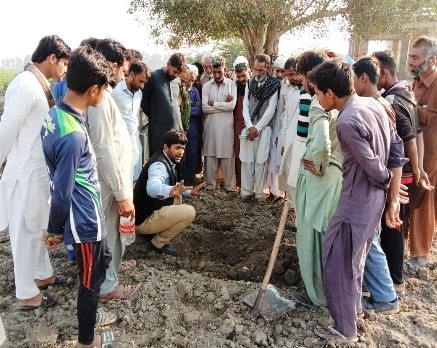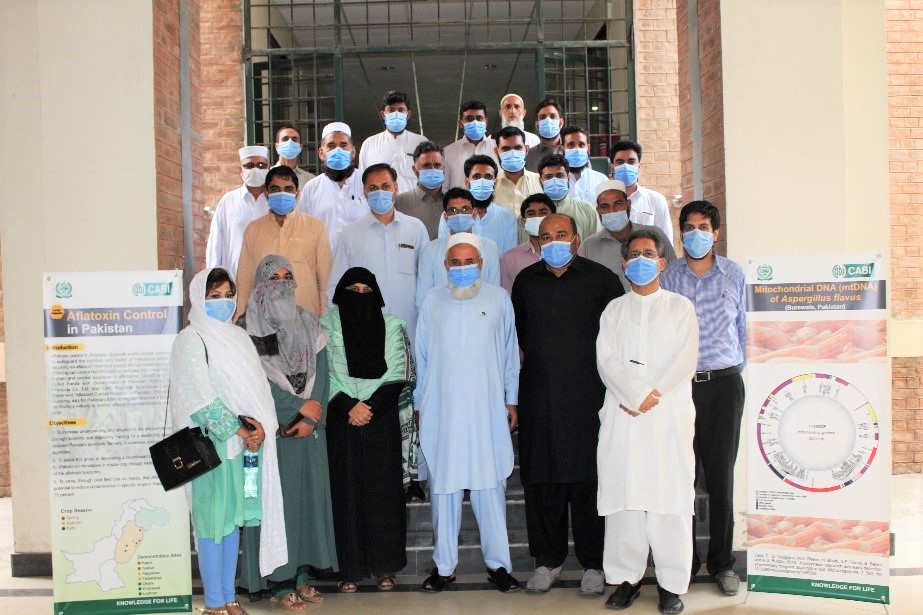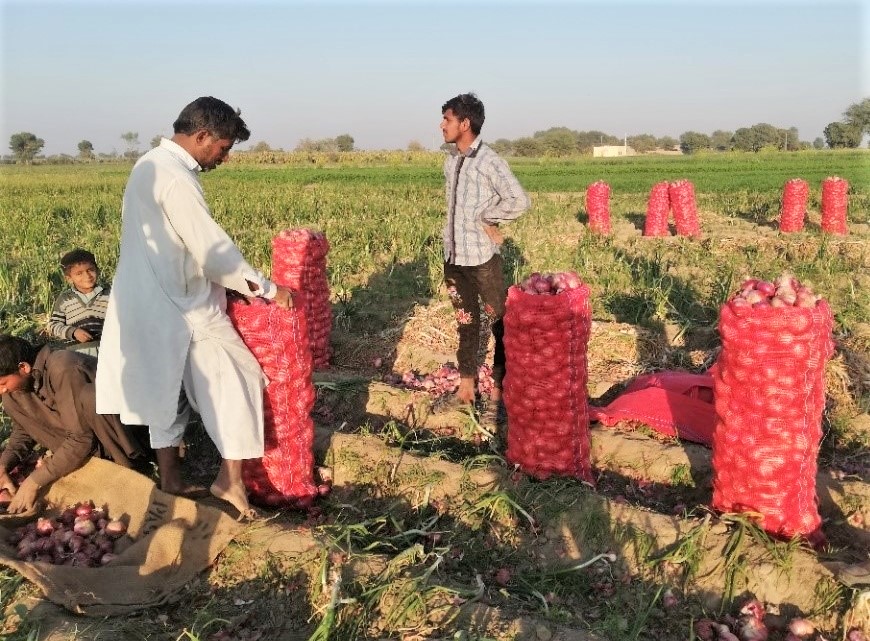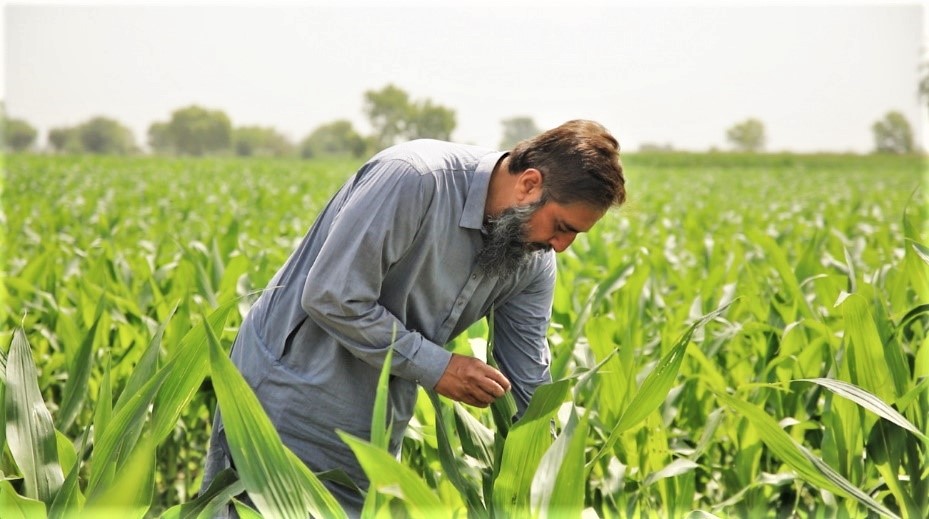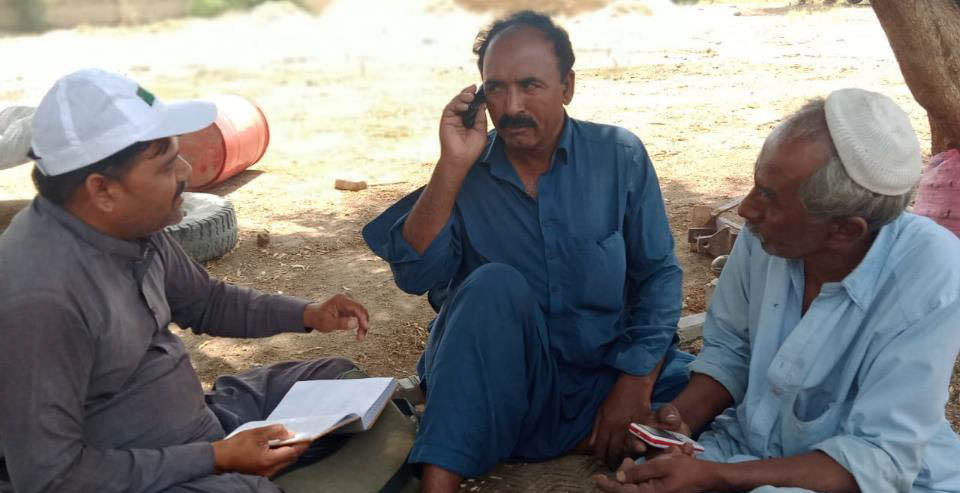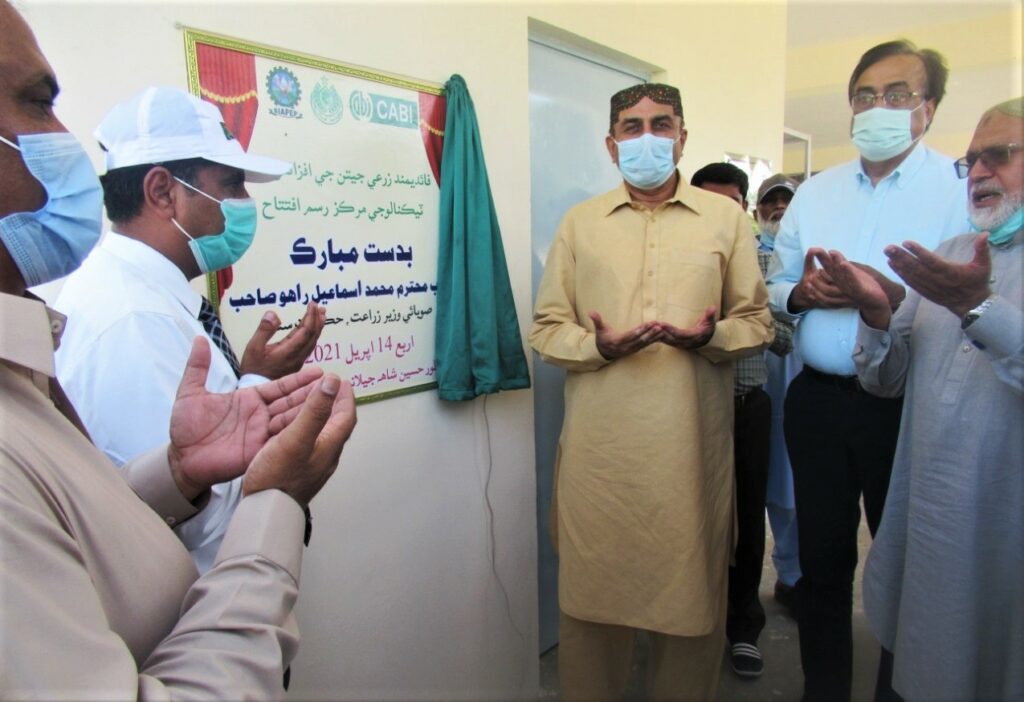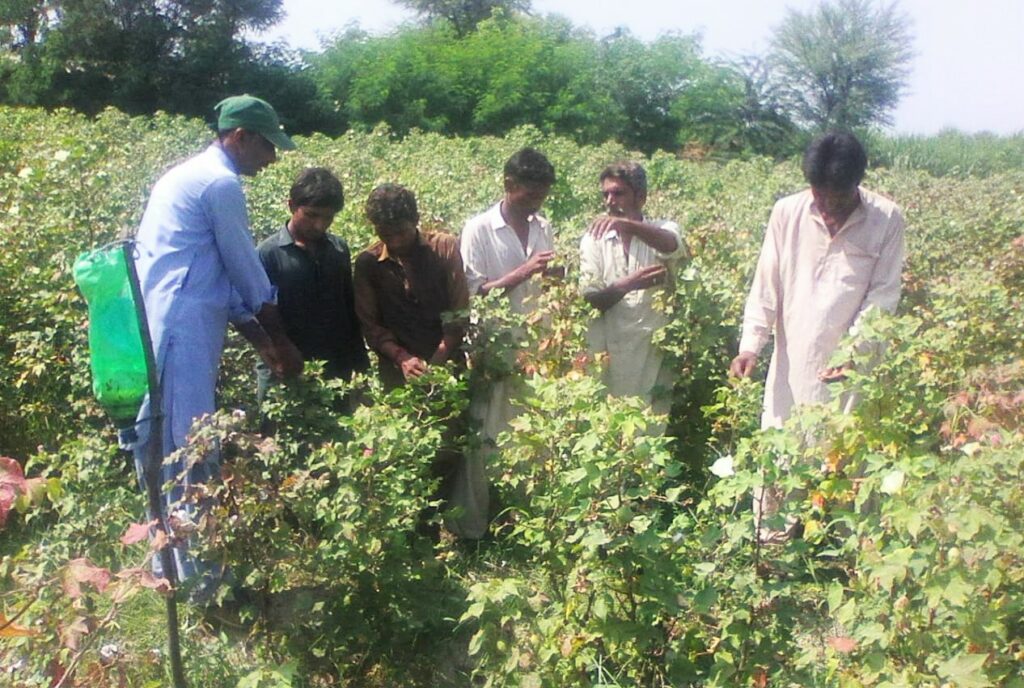CABI Blog
Tag: Pakistan
You are here: CABI Blog
CABI introduces advance potato production technologies in Punjab, Pakistan
February 14, 2022
Maila al Saba Shah, Umair Safdar, Yasar Saleem Khan
No Comments
CABI is transforming the fortunes of small-scale potato farmers by introducing advance potato production technology thanks to the technical support of Wageningen University & Research, Netherlands (WUR) experts and financial assistance provided by the Netherlands Enterprise Agency (RVO).
‘Sowing the seed’ for organic produce in Pakistan
January 5, 2022
Habat Ullah Asad
1 comment
CABI, under the organic agriculture project ‘Building the Policy Ecosystem for Organic Production Landscape in Balochistan, Pakistan,’ is initiating its efforts to support regenerative agriculture to mitigate climate change threats and to strengthen the local agriculture industry to compete with international markets.
Virtual training workshop on ‘Biopesticides and their Future Prospective for Pakistan’
December 16, 2021
Babar Bajwa, Sabyan Faris Honey
No Comments
CABI’s centre in Pakistan, along with United States Department of Agriculture (USDA) through the financial assistance of United States Agency for International Development (USAID) is currently involved in implementation of a program ‘Regulatory Harmonization in Pakistan for MRLs and Biopesticides’ with the objective to detect and prioritize high-risk pesticides related to increased Maximum Residue Limits…
Invasive species management – a policy tool for integrated climate adaptation
November 1, 2021
Jonathan Casey
No Comments
The UK is hosting the 26th UN Climate Change Conference of the Parties (COP26) in Glasgow from 31 October to 12 November 2021. This is the first in a series of four blogs by Jonathan Casey, Climate Change Manager at CABI, in support of CABI’s involvement at the event.
Aflatoxin risks highlighted to extension staff in Pakistan’s Khyber Pakhtunkhwa province
October 7, 2021
Babar Bajwa, Sabyan Faris Honey
No Comments
Pakistan produces many dry fruits such as almonds, walnuts, raisins, pine nuts and pistachios from which Khyber Pakhtunkhwa province has the major market share in production of dried fruits. These dried fruits are exported and consumed in large quantities worldwide during the winter seasons.
Enabling the disadvantaged: ACIAR vegetable value chain project helps small onion farmers in Tando Allahyar, Sindh, earn higher profits
August 19, 2021
Azeem Haider Naqvi, Habat Ullah Asad, Muhammad Asif
No Comments
Onion is one of the major vegetable crops in Pakistan and most of its producers are smallholder farmers. Due to smaller land holding, traditional farming practices and prevailing marketing system, they are unable to received better price for their produce and cannot uplift their living standards. The current marketing system prefers volume over the quality…
Aflatoxin control in Pakistan through the eyes of a maize grower from Punjab
July 27, 2021
Babar Bajwa, Sabyan Faris Honey
1 comment
Mian Muhammad Irfan is a maize grower from district Faisalabad in Punjab province. Here Rafhan Maize Products Co. Ltd procures thousands of tons of maize crop each year for processing. He is one of the thousands of maize crop farmers contracted with Rafhan Maize. Mr Irfan grows around one hundred acres of maize annually. Over…
Piloting worker voice technology in Pakistan
July 26, 2021
Wayne Coles
No Comments
Engaging people working in agriculture to get a clear, comprehensive understanding of the challenges they face in their work, especially on labour issues, is key to being able to provide effective solutions. In rural, dispersed farming areas, however, this can be a difficult task using traditional outreach methods. The Covid-19 pandemic has made this engagement…
Agricultural Minister endorses establishment of innovative biological control at farms in Sindh province of Pakistan
July 21, 2021
Ashfaque ali Dhaunroo
1 comment
The Agricultural Minister for Sindh province in Pakistan, Mr Muhammad Ismail Rahoo, has officially endorsed a Memorandum of Understanding (MoU) which will see the establishment of Natural Enemy Field Reservoirs (NEFRs) to fight pests of fruits, vegetables and other economic crops – including cotton and rice.
Farmers in Pakistan use pheromone capsules to fight back against cotton crop pest the pink bollworm
July 14, 2021
Allah Bux, Ghulam Nabi, Mushtaque Ali
1 comment
Cotton is Pakistan’s largest industrial sector but is impacted by many pests. The pink bollworm (Pectinophora gossypiella) is considered its worst enemy as it affects the quality of the lint and, ultimately, loss of the crop.
Subscribe to blog
DISCLAIMER
Views expressed in contributions do not necessarily reflect official CABI positions.
Archives
Categories
- Agriculture and International Development
- Veterinary and Animal Sciences
- Climate change and biodiversity
- Publishing
- Value chains and trade
- Crop health
- Environmental Sciences
- Human Sciences
- Tourism, Hospitality and Leisure
- Food and nutrition security
- Plant Sciences
- Gender and youth
- Digital development
- Development communication and extension
- Economic development
- Invasive species
- CABI Bioservices
- One Health


